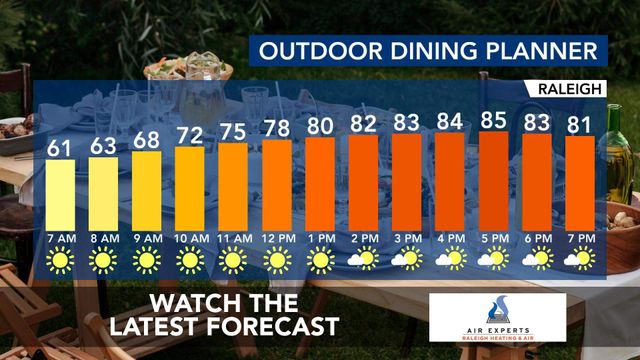Ask the meteorologist: What's the difference between "mostly cloudy" and "partly sunny" or "partly cloudy" and "mostly sunny?"

Question: How do you determine whether you report "mostly cloudy" vs "partly sunny" or "partly cloudy" vs "mostly sunny?" — Elaine Hayes
Answer: It's all defined based on the fraction of the sky covered by opaque clouds, usually based on eighths of the sky (called "oktas").
The scale runs from 0 oktas (clear or sunny), 1-2 oktas (mostly sunny or mostly clear), 3-5 oktas (partly cloudy or partly sunny), 6-7 oktas (mostly cloudy) and 8 oktas (cloudy).
For partly cloudy and partly sunny, the definitions used by the National Weather Service are equivalent, each describing a sky condition in which opaque clouds obscure between three and five eighths of the sky, with partly cloudy usable for day and night, while partly sunny only applies in the daytime.
Some meteorologists tend to informally use partly sunny when a bit more clouds than sun are expected, and vice versa toward the brighter end of that range. A similar day versus night distinction is applicable for mostly clear and mostly sunny.











